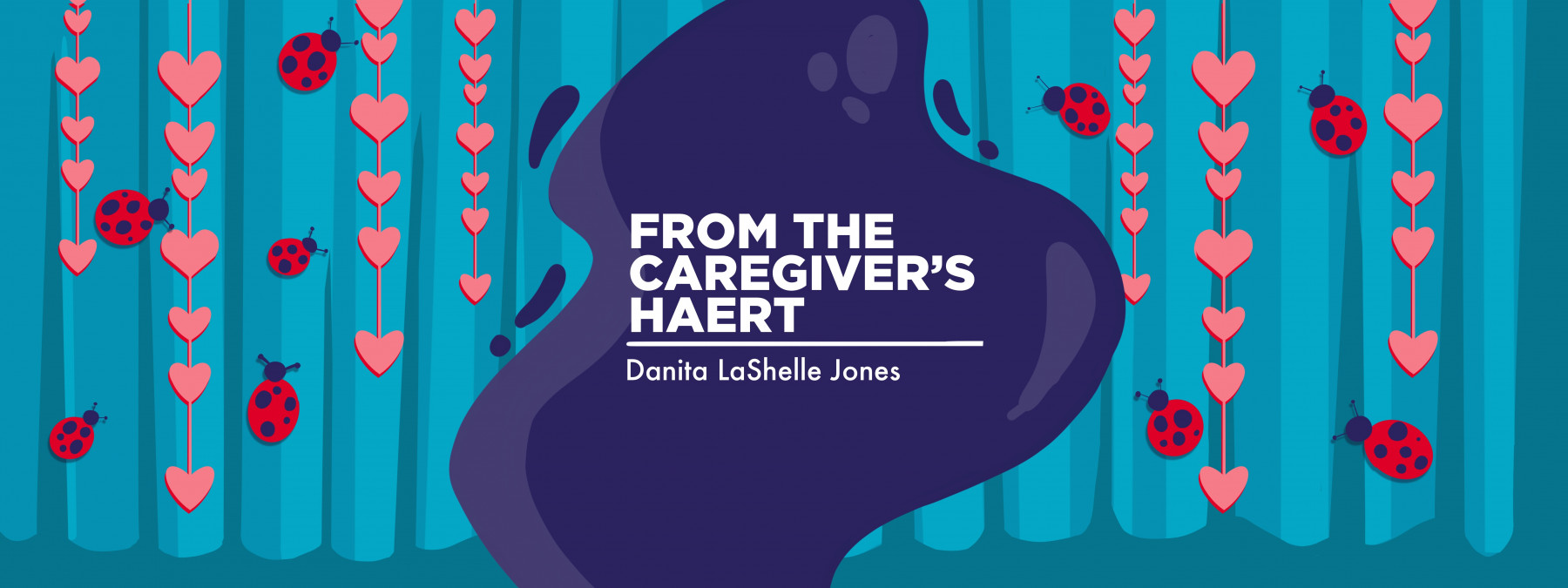We don’t always have all the right tools for HAE treatment
Sometimes our supply of rescue medications just isn't enough
Written by |

“You volunteered me to do what?”
In 2016, our oldest son came home from school excited about an international festival taking place there in a few days. His class chose the country of Nepal. Students could make flags and posters or write a short essay on the country. But our oldest, because he wanted to “do more,” told his teacher that I would make sel roti, a traditional Nepalese dessert. To add more pressure to this sitcom-like situation, I had to make enough for about 300 people.
Although I’d never made it before, I’m a good cook and excellent at following directions. How hard could it be?
If there were an illustration for biting off more than you can chew, my kitchen would’ve been the perfect example. After 6 pounds of rice, an immeasurable amount of oil, several mistakes, and cross-referencing as many recipes as Google gave me, I had a semblance of what looked like a fried something that was trying to be sel roti on a budget. It definitely didn’t look like any of the pictures.
I couldn’t understand why I’d failed so miserably. I had all the ingredients and followed all the directions. Yet I couldn’t identify what was missing that kept me from getting the results I desired. In a twist, my son’s teacher had found a group of Nepalese people to run the table at the festival, further proving I should’ve left the dessert up to the professionals.
I was reminded of this story after a tough health week.
There’s more to a recipe than its ingredients
This year, our oldest daughter, whom we lovingly call Ladybug, showed some improvement when experiencing hereditary angioedema (HAE) flares. She’s better about acknowledging her prodromes, which helps me administer Berinert (human C1 esterase inhibitor) much faster. We hadn’t seen the inside of an emergency room or hospital room in months, which meant I must’ve been doing something right.
Sometimes, from a caregiver’s perspective, HAE doesn’t follow predictable rhyme or reason. Our loved ones can experience a series of great months followed by what seems like an abundance of bad weeks.
These past two months were filled with telehealth visits, emergency room appearances, school absences, and hospital stays. I found myself feeling as I did all those years ago making sel roti. At home, we have all the “ingredients” needed to keep Ladybug out of the hospital: Berinert, Takhzyro (lanadelumab), nausea medication for any gastrointestinal flare-ups, and much more. But this time, they were to no avail.
I’m still learning that even though I may have everything we need at home, it doesn’t mean all those elements will work every time. Sometimes, taking Ladybug to more experienced professionals is the best solution.
Although I’ve never attempted sel roti again, as an advocate for HAE and a caregiver of a teenager, I seek to learn more about this chronic illness so that one day, more people can find the perfect “recipe” to help our loved ones live better lives.
Note: Angioedema News is strictly a news and information website about the disease. It does not provide medical advice, diagnosis, or treatment. This content is not intended to be a substitute for professional medical advice, diagnosis, or treatment. Always seek the advice of your physician or other qualified health provider with any questions you may have regarding a medical condition. Never disregard professional medical advice or delay in seeking it because of something you have read on this website. The opinions expressed in this column are not those of Angioedema News or its parent company, Bionews, and are intended to spark discussion about issues pertaining to angioedema.







Leave a comment
Fill in the required fields to post. Your email address will not be published.